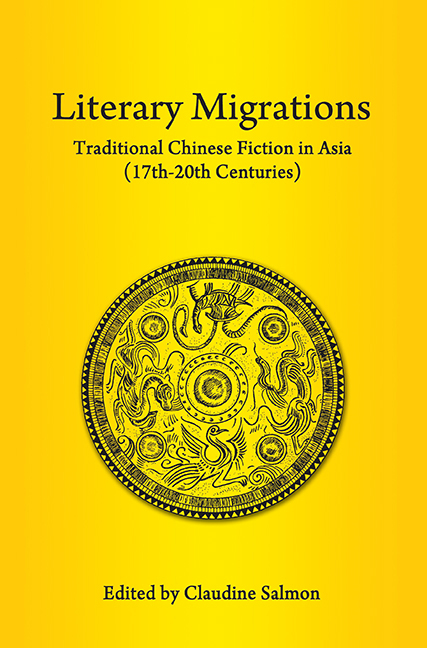Book contents
- Frontmatter
- Contents
- FOREWORD
- Dr Salmon as I Know her
- Preface to Reprint Edition
- Acknowledgements
- INTRODUCTION
- PART I KOREA AND JAPAN
- PART II MAINLAND NORTHEAST ASIA
- PART III MAINLAND SOUTHEAST ASIA
- PART IV INSULAR SOUTHEAST ASIA
- Bibliography
- Author, story-teller and translator index
- Title index
- List of Plates
- Contributors
- Plate section
Dr Salmon as I Know her
Published online by Cambridge University Press: 21 October 2015
- Frontmatter
- Contents
- FOREWORD
- Dr Salmon as I Know her
- Preface to Reprint Edition
- Acknowledgements
- INTRODUCTION
- PART I KOREA AND JAPAN
- PART II MAINLAND NORTHEAST ASIA
- PART III MAINLAND SOUTHEAST ASIA
- PART IV INSULAR SOUTHEAST ASIA
- Bibliography
- Author, story-teller and translator index
- Title index
- List of Plates
- Contributors
- Plate section
Summary
As I remember, it was in 1982 when Dr Salmon came to Beijing, she wrote me a letter, consulting me about certain problems. But it was not till 1984 that we had the opportunity to meet in Paris. That November, at the invitation of the French Ministry of Foreign Relations and the 8th University of Paris, I visited France and gave lectures there. At that time when I was giving a lecture at the Université de Paris 7, Dr Salmon, Dr Marianne Bastid, director at the National Centre for Scientific Research of France, and M. Li Zhihua, our famous translator of the romance “The Dream of the Red Chamber”, were present. Dr Salmon raised several questions regarding translations of French literature into Chinese. Afterwards, she came to Cité Universitaire where I stayed, to see me, and I went to her residence on Vaugirard Street to see her too. Since then we have formed an unforgettable friendship.
“The Dream of the Red Chamber”, were present. Dr Salmon raised several questions regarding translations of French literature into Chinese. Afterwards, she came to Cité Universitaire where I stayed, to see me, and I went to her residence on Vaugirard Street to see her too. Since then we have formed an unforgettable friendship.
Dr Salmon lives in the South of Paris, not far from Boulevard Montparnasse and Pasteur Metro station, so the communication is convenient. It is a peaceful locality in the midst of downtown area. When I entered her room on the fifth floor, my first impression is that here is beyond all question the residence of a scholar.
The furnishing is not luxurious. But through the way to her arrangement, one can see at the first glance that it is the residence of a Sinologist and Orientalist. For in the room there are some fine arts and furniture from China and Southeast Asia.
- Type
- Chapter
- Information
- Literary MigrationsTraditional Chinese Fiction in Asia (17th–20th Centuries), pp. xvii - xxPublisher: ISEAS–Yusof Ishak InstitutePrint publication year: 2013



